How to make fat balls for birds – easy steps feed our feathered friends
Learn how to make fat balls for birds to ensure their wellbeing throughout the winter


Making fat balls for birds is a great weekend project. It is not only a fun craft but will also offer a lifeline to the birds that visit your backyard.
Winter brings with it freezing weather and desolate yards, this combination makes a poor feeding ground, leaving many birds at risk of starvation. As the winters get longer and more severe, more and more birds will become dependent on people to survive the winter months. As such, feeding birds in winter should be an essential task for every homeowner. You don't even have to have a backyard to embrace these wildlife garden ideas as there are fat ball bird feeders that you can attach to your apartment window, too.
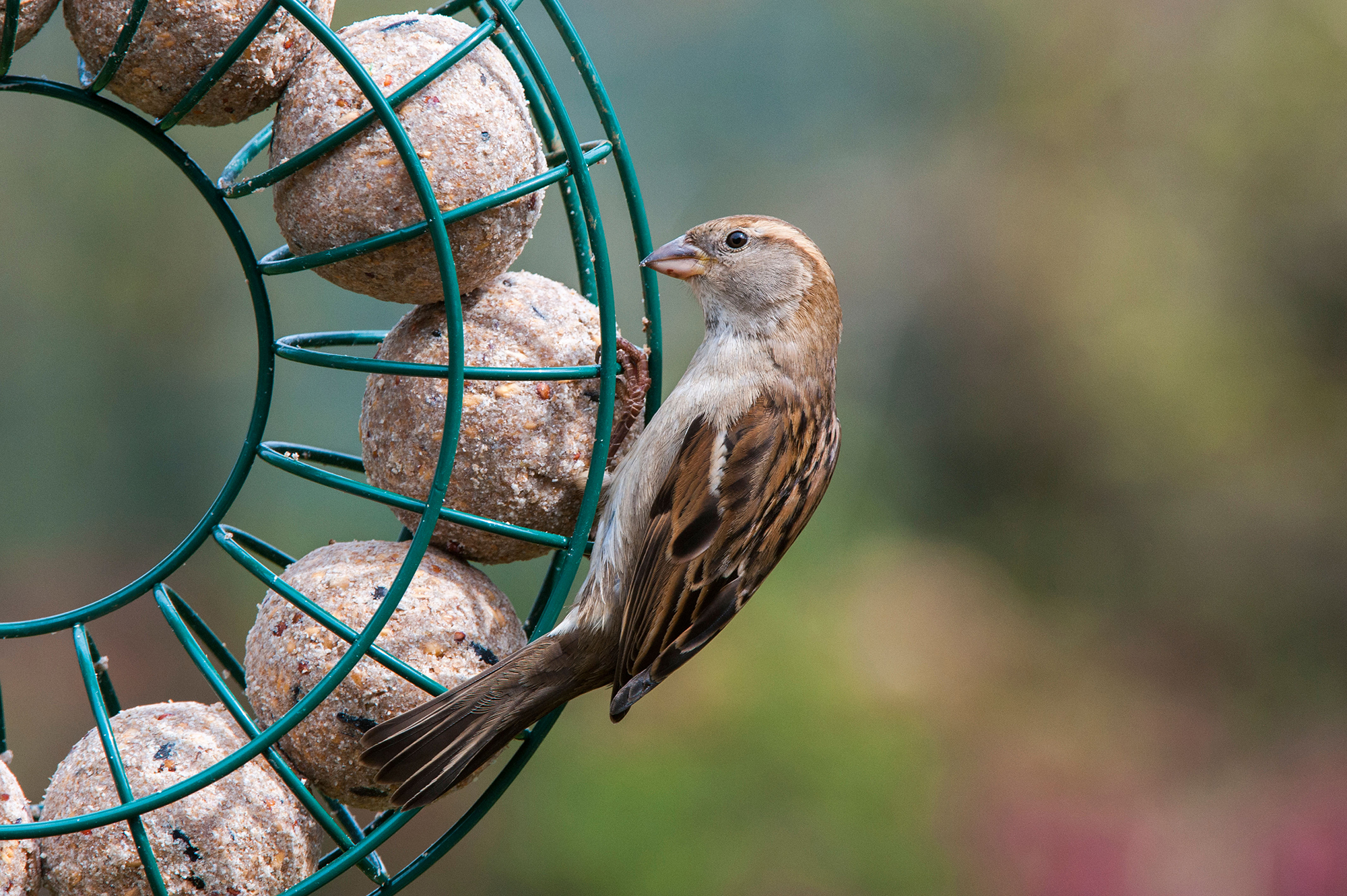
'Birds need more calories to stay warm in the cold. Suet is a high-calorie food due to its fat content and is a favorite of woodpeckers and other insect-eating birds,' says Ethan Howell, co-owner of Florida Environmental.
How to make fat balls for birds
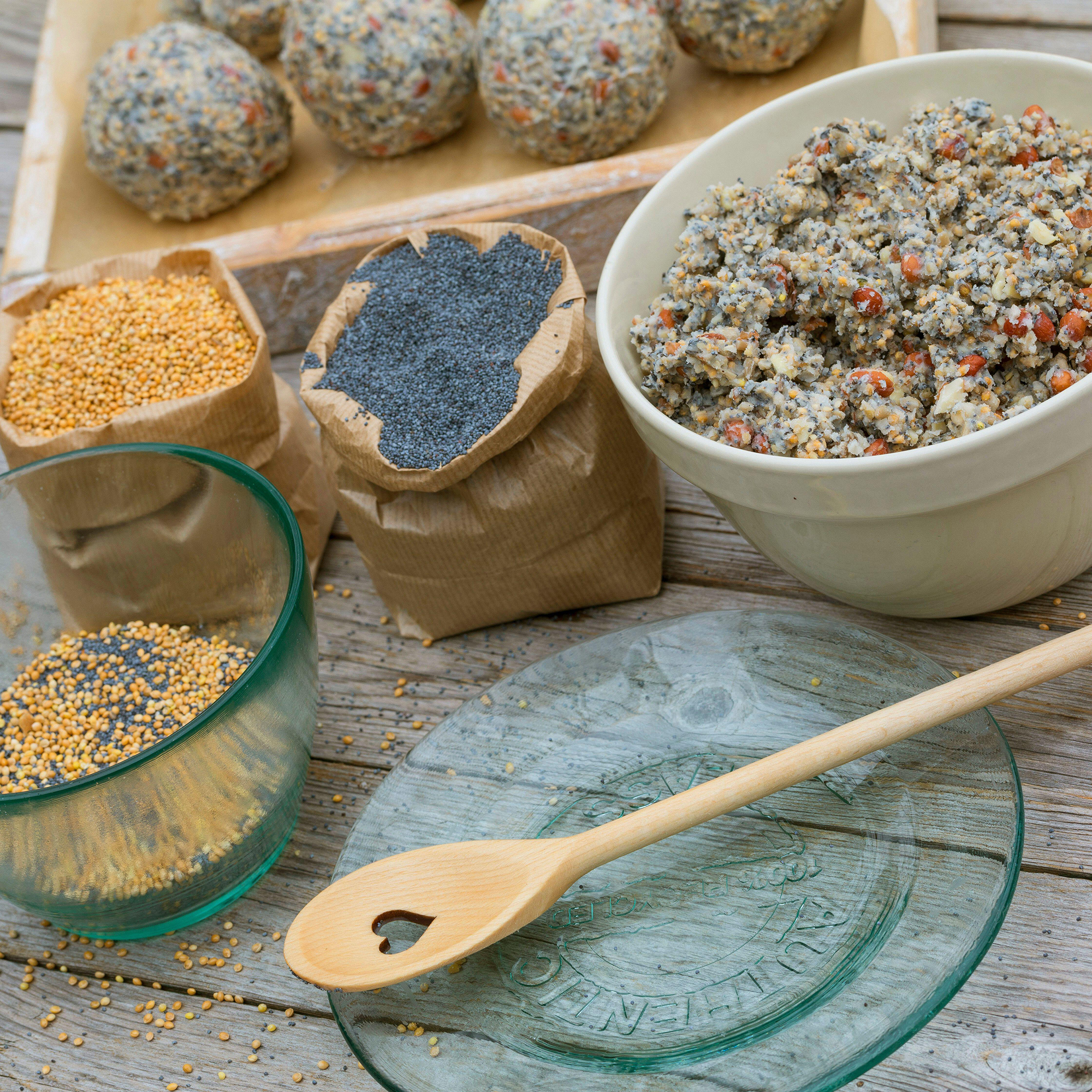
Fat balls are a great food source for birds, when made correctly they combine fat and protein, which will provide birds with the energy to survive the winter months. You can buy fat balls for birds (Amazon has a wide selection of fat balls for wild birds, with different seeds suited to different birds), but it easy and fun to make your own. As well as adding fat balls for birds, also consider adding bird house ideas or bird bath ideas to make your backyard a real sanctuary for our feathered friends.
Here, Anna Feeney from the Royal Society for the Protection of Birds (RSPB) talks us through the basics of making fatballs for birds:
1. Get your dry mixture ready
At a basic level, fat balls for birds are a mix of two parts lard or suet to one part dry mixture. The dry mixture consists of good quality bird seed, along with raisins (though avoid these if you have dogs or cats in the area, as they can be harmful to them), peanuts, grated cheese.
2. Warm the fat
Allow the lard or suet to warm up to room temperature, but don’t melt it. Then cut it up into small pieces and put it in the mixing bowl.
3. Mix the ingredients
Add half of the dry ingredients to the bowl and then mix together. Keep adding the dry mixture and squeezing it until the fat holds it all together.
4. Shape the fat balls
You can then shape it in to balls or use one of the below hanging ideas.
How to hang fat balls for birds
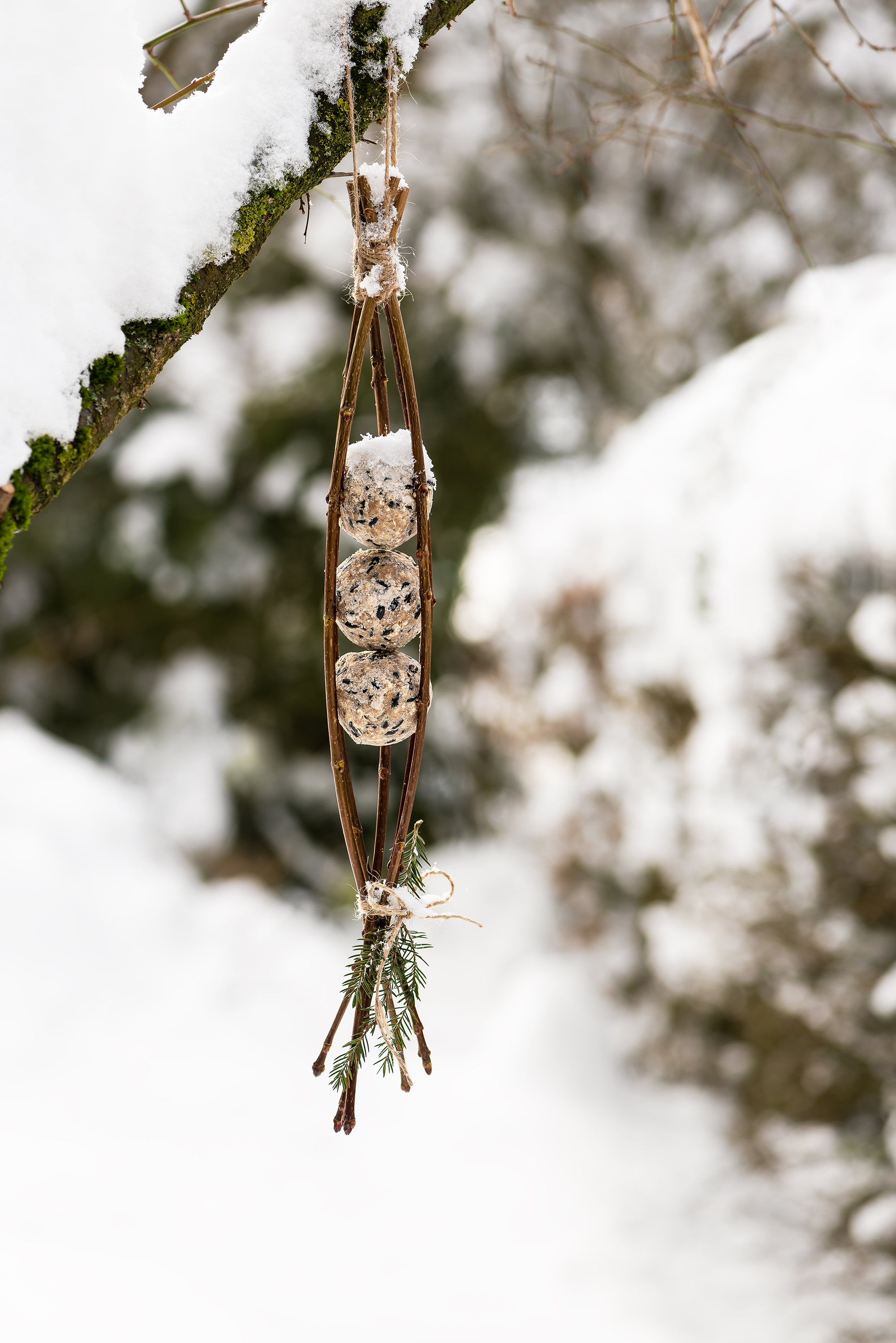
Once you've made your mixture, there are several different ways in which you can secure your fat balls for birds. Again, Amazon sells ready-made suet ball bird feeders, but you can make your own, with the best ideas below.
- Pinecones – use a spoon to smooth the mixture into the crevices of the pinecone, allow to set in the fridge overnight and then hang.
- Wire basket – use a tennis ball to form a circular basket from chicken wire, then use this to cradle your fat ball. You can then attach a string to the basket and hang from the tree. Roll the mixture into balls and let it set in the fridge or freezer, then place in the basket.
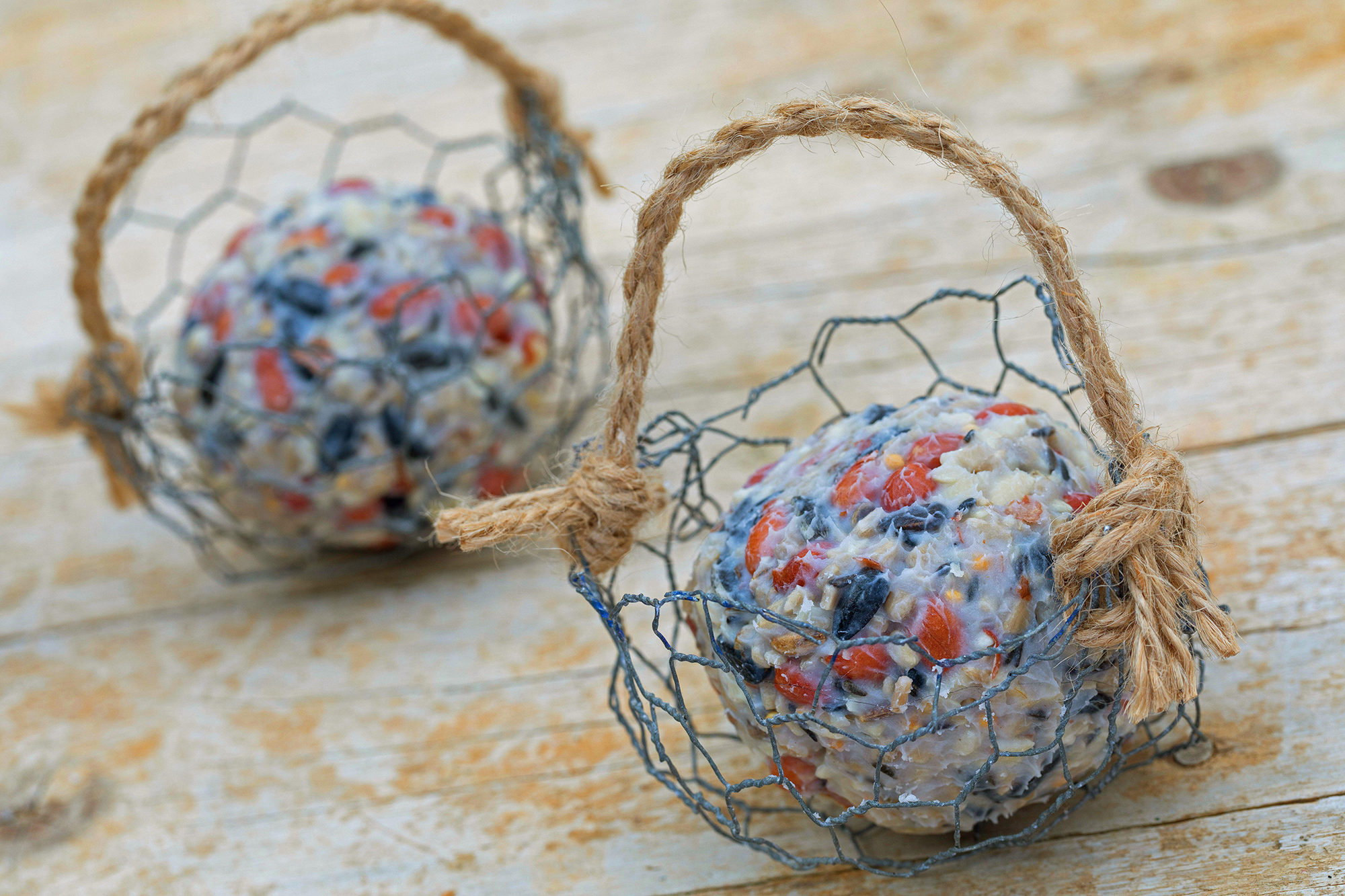
Fat balls in wire baskets
- Coconut shell – fill half a coconut shell with the mixture and allow it to set in the fridge overnight.
- Downpipe guards – metal or plastic downpipe guards can be used to hold fat balls. Roll the mixture into balls and let it set in the fridge or freezer, then place the ball in the center of the guard and bend the spokes to secure in place.
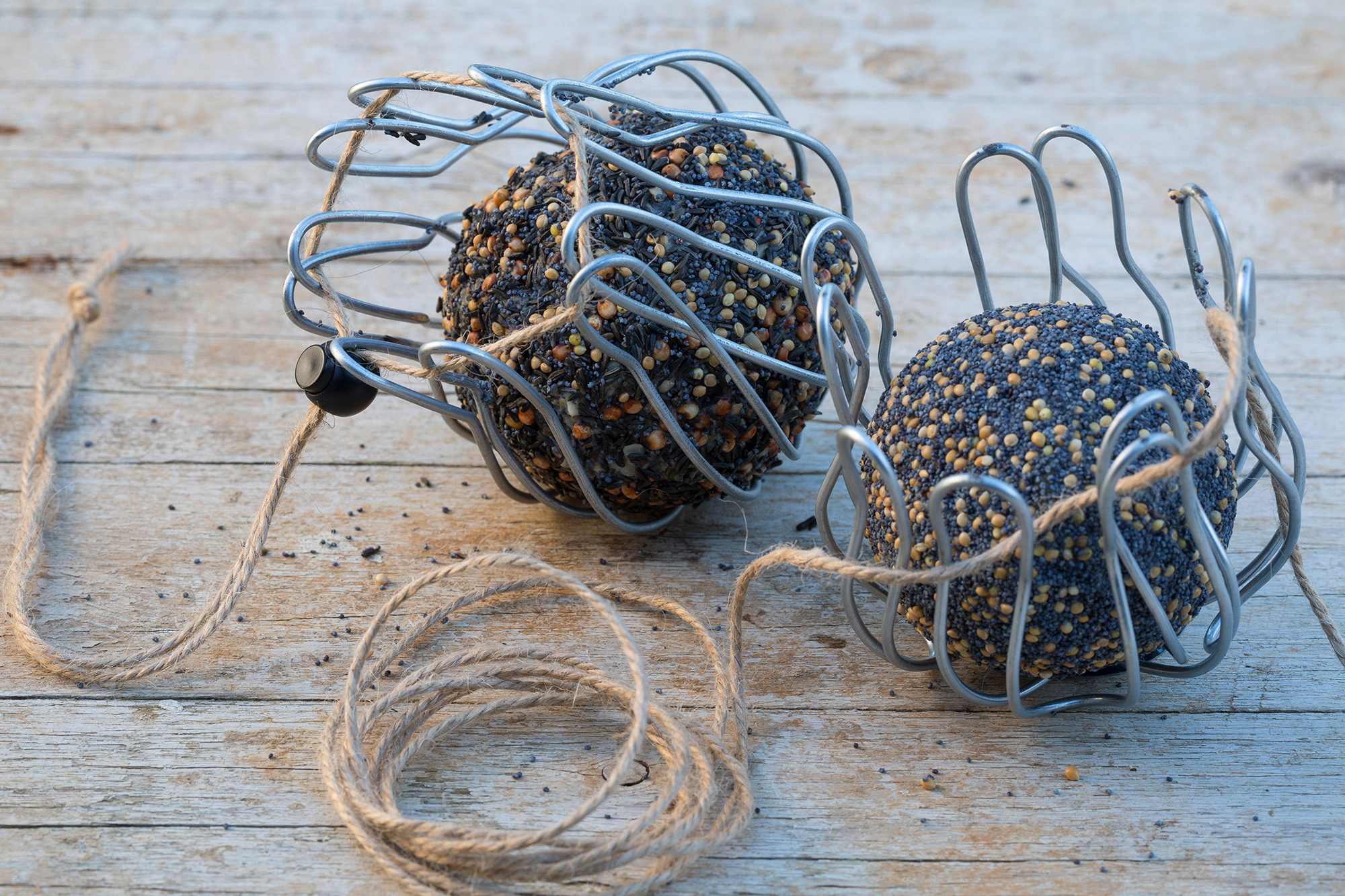
Fat balls in downpipe guards
- Log with holes – use a holesaw to drill holes at regular intervals in an old tree branch (around 12 inches long and 4 inches diameter). Fill these holes with the fat ball mixture, then screw a hook into the top of the branch and hang from a tree.
- Freehanging – use a mold, such as a yogurt pot or silicone cupcake cases – with string running through the middle like a wick in a candle. Leave to set overnight in the fridge, then cut the plastic pot away and hang outside.
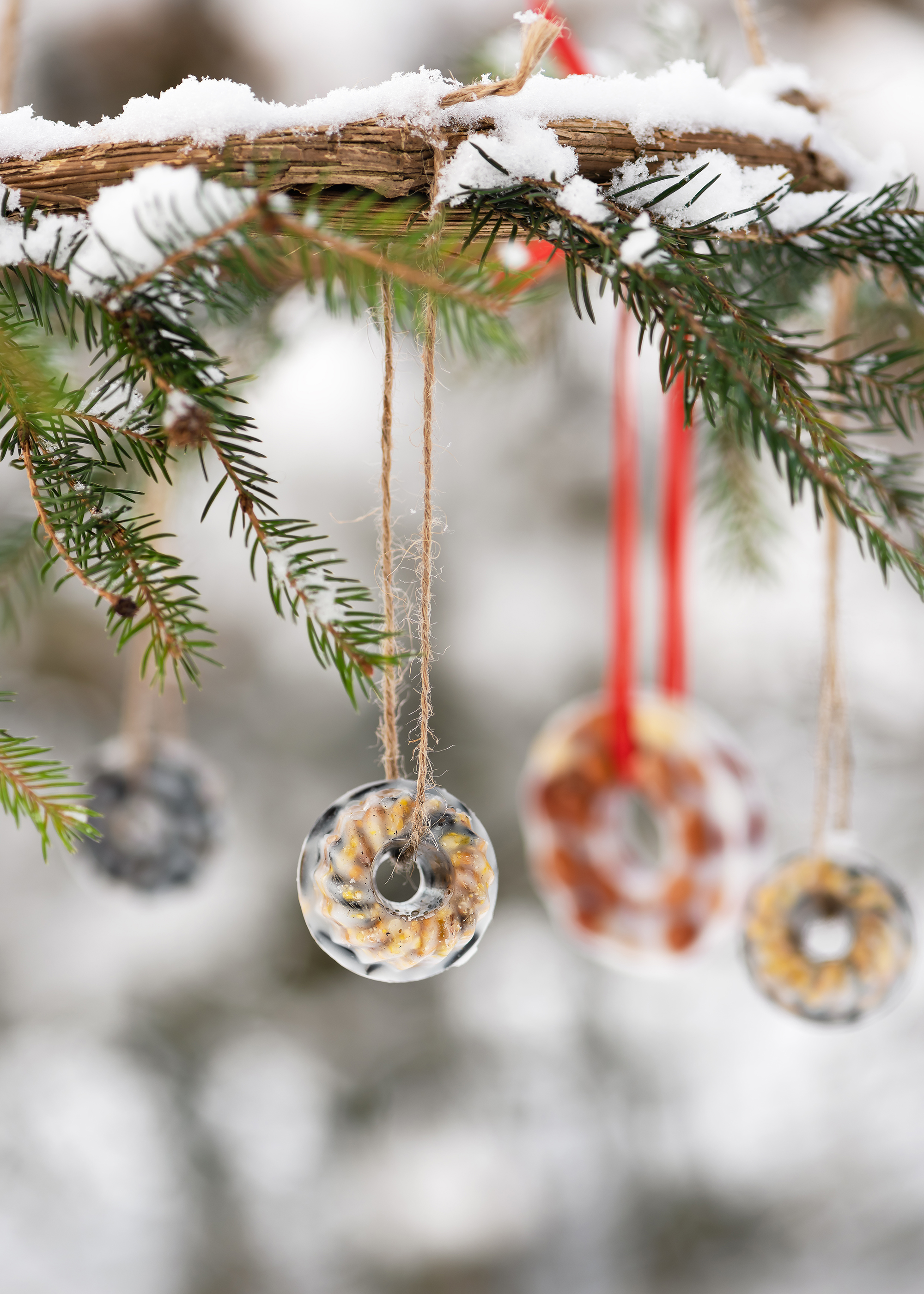
Even though lots of commercial fat balls are sold in netting, this should be avoided. The net has the potential to trap and injure any birds when they come to feed.
What are fat balls for birds made of?
There are lots of recipes to make fat balls for birds but they are mostly made from a mix of suet and bird seed.
'You can make your own bird cake by melting suet or lard onto a mix of ingredients such as seeds, nuts, dried fruit and oatmeal, and then into molds such as coconut shells or logs with holes drilled in. (Don’t use margarines or oils as they are bad for birds and if smeared on feathers can destroy their waterproofing),' advises H&G garden expert Leigh Clapp.
How do you ensure that the fat ball sets?
'Make sure that when you’re mixing your fat balls, the suet or lard is holding all the other ingredients together. And you don’t want to neglect the fridge time – that hour is key to making sure the fat cake stays intact when outside. It’s best to keep a close eye on them to make sure they stay fresh and discard them after three weeks, even in the cold weather, as the suet or lard can start to go off,' explains Anna Freeney.
Are fat balls good for birds?
Yes, fat balls are good for birds. They provide them with valuable energy that can be hard to find during winter.
'When the weather gets particularly cold the birds around your home will need you most. Leave out high calorie foods like suet blocks, fatballs made with sunflower seeds and peanuts. You can leave this food in different feeders around the area or place it on top of a high wall or roof in order to keep it away from other animals like rats or cats. Some birds don't like feeding from hanging feeders so they must be accommodated too,' says Leslie Vincent, horticulturalist and gardening expert at Atkins Garden Shop.
Making fat balls for birds is also a great activity for gardening with children, not only will it prove invaluable for the birds but it will also help to encourage your child's interest in and understanding of wildlife and conservation.

When should you put fat balls out for birds?
While you should feed birds all year round, you should only put fat balls out for birds as part of your winter garden ideas. The heat of the sun in spring and summer can cause the lard or suet to melt which would not only make a mess in your garden, but the fat can also damage a bird's essential waterproofing it they get it on their feathers.
As well as feeding with fat balls and bird seed, also consider adding plants for birds to your garden to help provide them with a range of food all year round.
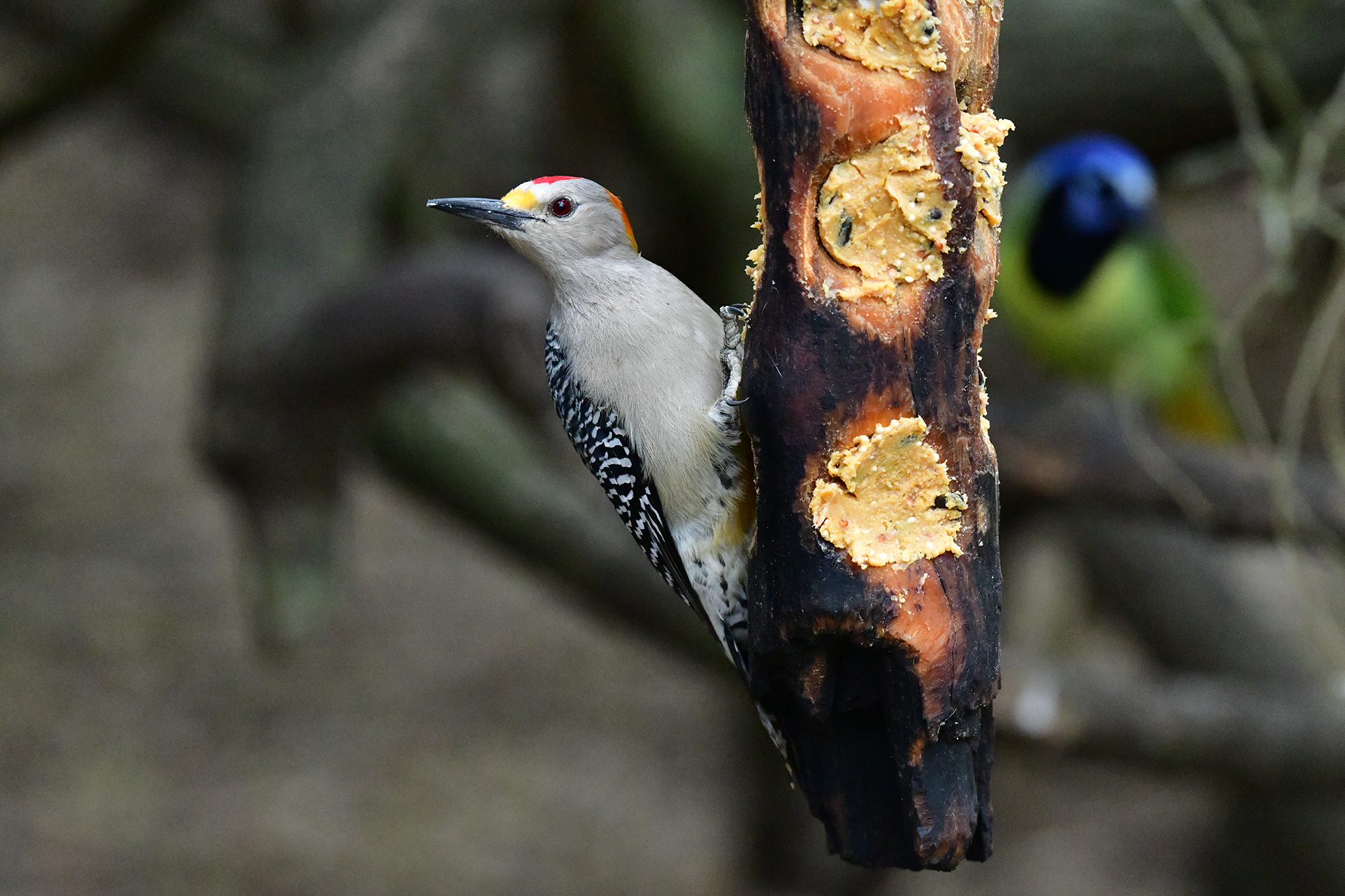
Is it cheaper to make your own fat balls for birds?
Yes, it is cheaper to make your own fat balls for birds rather than buying new. Suet and lard (the predominant ingredient in fat balls) is extremely cheap as is bird seed.
For example Farmer John Premium Manteca Lard, costs around $8 for 4lb, and bird seed is from $7 for a 10lb bag at Walmart. On the other hand to buy a single 11.75 oz Wild Bird Food cake costs $1.22 for an 11.75 oz cake. For just $15 you can make the above recipe for 96 oz of fat balls, plus you'll be left with 8lb of bird seed to fill up your bird feeders too.
Once you've made your fat balls, you can store them in a sealed box in the freezer for up to three months. You can then just put them outside when you need them and they will defrost in situ.
Where to hang fat balls?
‘When it comes to feeding birds, location is quite important. You don’t have to have a large yard to feed birds, but it is recommended that you position your feeders in a quiet, open and safe environment. This ensures that the birds are not disturbed and are safe from predators when they feed,’ recommends Sarah Hancocks.
‘Fat balls can be fed to birds in many ways. You can hang them in a feeder from a tree – just make sure they are not hung up in a net bag as birds can become tangled in these, and they can also be harmful to other wildlife, and position it at least one metre from the ground.
'You can also buy a specialist fat ball feeder which features a metal spiral feeder, ensuring birds have something to rest on while they feed without getting stuck. Alternatively, you can break them up and put them on a table feeder for a high energy feast for your birds,' adds Sarah.
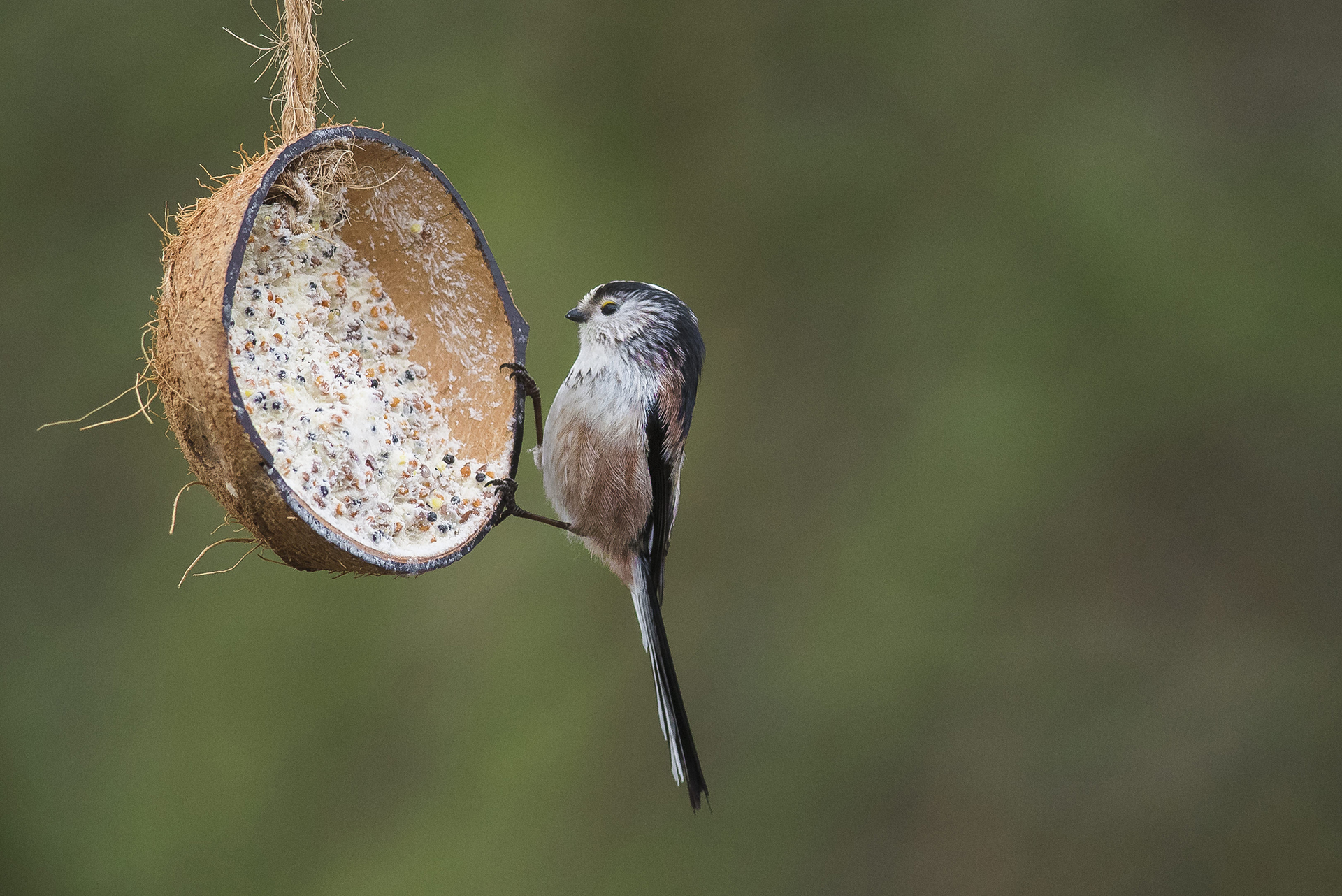
Why are birds not eating fat balls?
Birds might not be eating fat balls due to their position – they may feel too exposed and vulnerable to eat in that spot in your garden, so if the birds seem uninterested in your fat balls, try moving them to a different, more secluded spot.
Alternatively, the fat balls may have gone past their best. 'The freshness of fat balls is very important. Birds will ignore food that has gone solid or moldy in favor of fresher food elsewhere, so it is important to rotate your fat balls regularly,' says Sarah Hancocks from Vivara. 'Generally, fat balls appeal to almost all birds, so they are usually a hit with a variety of species. Opt for fat balls that include black sunflower seeds, chopped peanuts, seeds and oils, so that even the fussiest of birds will enjoy them.'
Sign up to the Homes & Gardens newsletter
Design expertise in your inbox – from inspiring decorating ideas and beautiful celebrity homes to practical gardening advice and shopping round-ups.

Having graduated with a first class degree in English Literature, Holly started her career as a features writer and sub-editor at Period Living magazine, Homes & Gardens' sister title. Working on Period Living brought with it insight into the complexities of owning and caring for period homes, from interior decorating through to choosing the right windows and the challenges of extending. This has led to a passion for traditional interiors, particularly the country-look. Writing for the Homes & Gardens website as a content editor, alongside regular features for Period Living and Country Homes & Interiors magazines, has enabled her to broaden her writing to incorporate her interests in gardening, wildlife and nature.
-
 Martha Stewart's houses – inside her most iconic properties, from Cantitoe Corners to Turkey Hill
Martha Stewart's houses – inside her most iconic properties, from Cantitoe Corners to Turkey HillThe lifestyle guru built her legacy around her homes, some of which are the most recognized homes in modern American history – we explore her portfolio
By Megan Slack Published
-
 These 5 plants can help you get the best, and potentially tastiest, broccoli ever – discover what to plant with broccoli, and what to avoid
These 5 plants can help you get the best, and potentially tastiest, broccoli ever – discover what to plant with broccoli, and what to avoidOur selection of vegetables, herbs, and flowers is perfect for companion planting with broccoli
By Drew Swainston Published
-
 Water garden ideas – 9 ways to introduce soothing water to your outdoor space
Water garden ideas – 9 ways to introduce soothing water to your outdoor spaceFrom cascading fountains to wildlife ponds, there are plenty of ways to create a tranquil water garden
By Leigh Clapp Published
-
 How to grow poppies
How to grow poppiesFind out how to grow poppies to enjoy the beauty of these brightly colored tissue paper-like blooms
By Leigh Clapp Published
-
 How to grow delphiniums from seed
How to grow delphiniums from seedFind out how to grow delphiniums from seed and enjoy these colorful cottage garden favorites filling beds and borders
By Leigh Clapp Published
-
 How to grow ferns – when and how to plant and care for them
How to grow ferns – when and how to plant and care for themLearn how to grow ferns to enjoy the texture and form of these versatile plants in many areas of your garden
By Leigh Clapp Published
-
 How to grow sweet peas from seed – in borders and pots
How to grow sweet peas from seed – in borders and potsFind out how to grow sweet peas and where to enjoy their wonderful color, ruffled blooms and sweet fragrance in your garden
By Pippa Blenkinsop Published
-
 Planning a kitchen garden – from layouts to picking the best crops
Planning a kitchen garden – from layouts to picking the best cropsPlanning a kitchen garden is easy with this expert advice – whether yours is in beds, borders or a dedicated patch – you're guaranteed success
By Leigh Clapp Published
-
 How to grow cosmos – expert tips on when and where to plant these flowers
How to grow cosmos – expert tips on when and where to plant these flowersLearn how to grow cosmos to add bright color in your garden from summer through to fall with their beautiful blooms
By Leigh Clapp Published
-
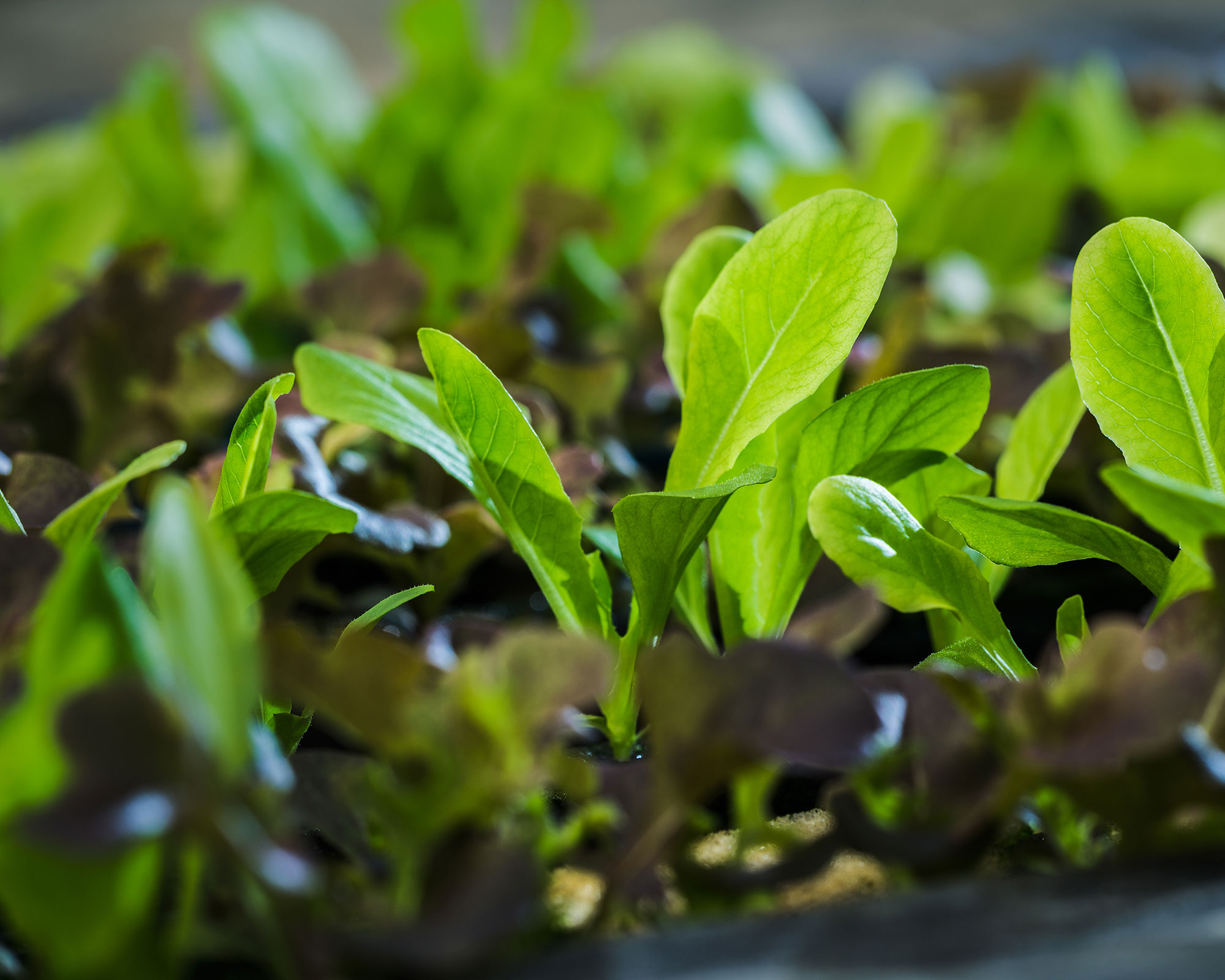 How to grow spinach – indoors or outdoors for healthy leaves
How to grow spinach – indoors or outdoors for healthy leavesFind out how to grow spinach in containers or in the garden to have a year round supply of these delicious and healthy leaves
By Rachel Crow Last updated